Home>Construction & Tools>Building Materials>How To Build A Brick Arch
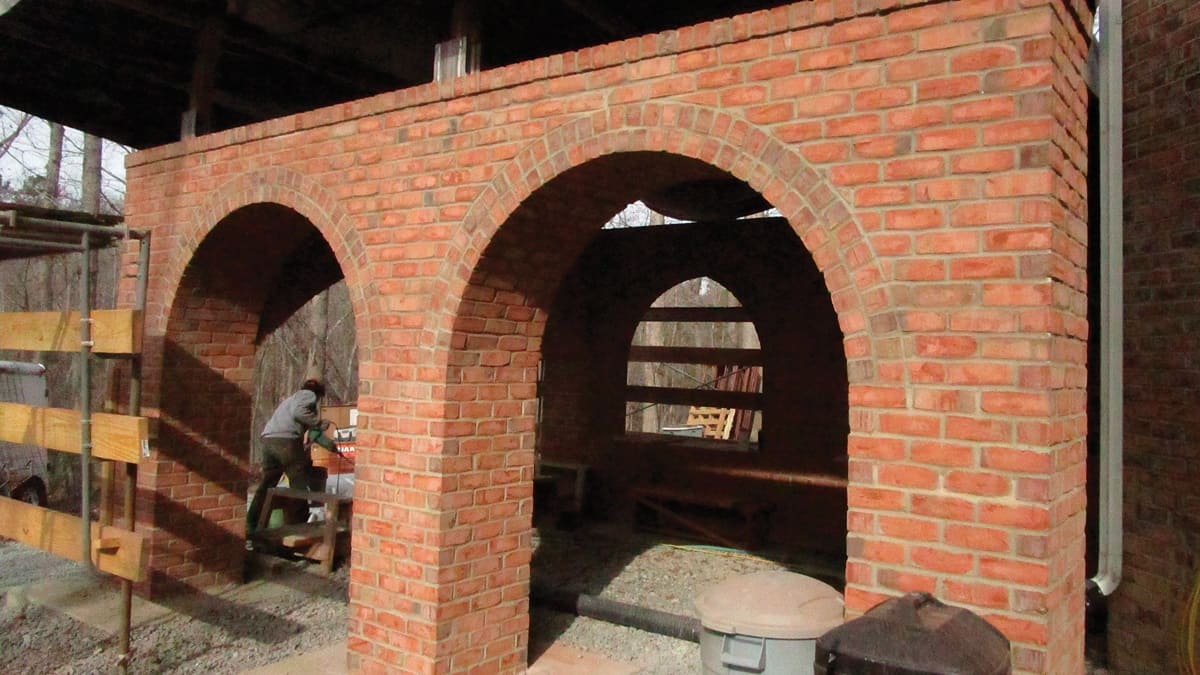

Building Materials
How To Build A Brick Arch
Modified: April 22, 2024
Learn how to build a sturdy brick arch using high-quality building materials. Follow our step-by-step guide for a durable and long-lasting construction.
(Many of the links in this article redirect to a specific reviewed product. Your purchase of these products through affiliate links helps to generate commission for Storables.com, at no extra cost. Learn more)
Introduction
Building a brick arch is a timeless and elegant way to add architectural interest and structural integrity to a space. Whether you’re constructing an arch for a fireplace, doorway, or outdoor patio, the process requires careful planning, precise execution, and a keen understanding of materials and design principles. In this comprehensive guide, we will explore the step-by-step process of building a brick arch, from initial planning to the finishing touches. By the end of this article, you’ll have the knowledge and confidence to embark on your own brick arch construction project, adding a touch of classic craftsmanship to your surroundings.
Before diving into the technical aspects of construction, it’s important to appreciate the artistry and tradition behind brick arches. Dating back centuries, brick arches have adorned structures ranging from ancient Roman aqueducts to modern-day homes and commercial buildings. The graceful curve of a well-built brick arch not only serves a functional purpose but also evokes a sense of timelessness and craftsmanship.
From selecting the right materials to understanding the principles of load-bearing design, every aspect of building a brick arch is a testament to the marriage of art and engineering. As we delve into the intricacies of this process, we’ll uncover the beauty and complexity of this age-old construction technique, providing you with the knowledge and inspiration to embark on your own brick arch project.
Key Takeaways:
- Building a brick arch requires meticulous planning, precise execution, and a blend of art and engineering. From selecting materials to finishing touches, it’s a timeless craft that adds elegance and structural integrity to any space.
- Before starting a brick arch project, gather essential materials and tools, assess the space, and carefully plan the arch type, load-bearing requirements, and aesthetic elements. Thorough site preparation and precise foundation laying are crucial for a successful build.
Read more: How To Hang A Balloon Arch On A Brick Wall
Materials and Tools Needed
Before embarking on the construction of a brick arch, it’s essential to gather the necessary materials and tools to ensure a smooth and efficient building process. The following is a comprehensive list of the items you’ll need to construct a brick arch:
Materials:
- Bricks: Choose high-quality, fire-rated bricks that are suitable for use in structural applications.
- Mortar: Select mortar specifically designed for masonry and bricklaying, ensuring it has the appropriate strength and bonding properties.
- Reinforcement Bars: Also known as rebar, these steel bars provide additional strength and support within the arch structure.
- Formwork: Construct formwork using plywood or other suitable materials to create the shape of the arch during construction.
- Supporting Materials: Depending on the specific design and location of the arch, you may need additional materials such as concrete footings or lintels for support.
Tools:
- Trowel: A pointed or square-edged trowel is essential for applying mortar to the bricks and shaping the joints.
- Level: Ensure the accuracy and alignment of the bricks and arch components during construction.
- String Lines: Used for laying out the curvature of the arch and maintaining a consistent shape.
- Masonry Saw: For cutting bricks to size and shape as needed for the arch construction.
- Hammer and Chisel: Essential for trimming and shaping bricks to fit the curvature of the arch.
- Measuring Tape: Precise measurements are crucial in ensuring the structural integrity and aesthetic appeal of the arch.
- Protective Gear: Safety glasses, work gloves, and dust masks are essential for personal protection during construction.
By ensuring that you have all the necessary materials and tools on hand, you can streamline the construction process and maintain a safe and organized work environment. With these foundational elements in place, you’ll be well-prepared to move on to the planning and design phase of your brick arch construction project.
Planning and Design
Before breaking ground on your brick arch construction project, meticulous planning and thoughtful design are crucial for ensuring a successful outcome. The following steps will guide you through the essential aspects of planning and designing your brick arch:
Read more: How To Build A Brick Chimney
Assess the Space:
Begin by carefully evaluating the location where the brick arch will be installed. Consider the architectural style of the surrounding structure, the purpose of the arch, and any specific design requirements. Understanding the spatial and aesthetic context will inform the overall design and dimensions of the arch.
Determine the Arch Type:
There are various types of brick arches, each with its unique structural characteristics and visual appeal. Common arch types include semicircular, segmental, and pointed arches. Select the type of arch that best complements the architectural style and functional requirements of the space.
Create a Detailed Plan:
Produce a comprehensive plan that outlines the dimensions, curvature, and structural details of the arch. Consider consulting with a structural engineer or architect to ensure that the design meets building code requirements and structural integrity standards.
Consider Load-Bearing Requirements:
Depending on the location and purpose of the arch, it may need to support significant structural loads. Factor in the weight of the materials, as well as any additional loads such as roof or floor loads that the arch must bear. This will dictate the necessary reinforcement and support elements within the arch design.
Read more: How To Build A Brick Pathway
Incorporate Aesthetic Elements:
Brick arches offer an opportunity to introduce decorative elements that enhance the visual appeal of the structure. Consider incorporating keystone details, decorative brick patterns, or other aesthetic features to add character and charm to the arch.
Review Building Codes and Regulations:
Ensure compliance with local building codes and regulations pertaining to masonry construction, structural integrity, and fire safety. Obtain any necessary permits and approvals before commencing construction to avoid potential legal issues.
By carefully planning and designing your brick arch, you can lay the groundwork for a structurally sound, visually striking, and code-compliant construction project. This thoughtful approach will set the stage for the subsequent phases of site preparation, foundation laying, and arch construction, ensuring a seamless and successful building process.
Preparing the Site
Before the construction of a brick arch can commence, thorough site preparation is essential to establish a stable and suitable foundation for the structure. The following steps outline the crucial aspects of preparing the site for brick arch construction:
Clear the Area:
Begin by clearing the construction site of any debris, vegetation, or obstructions that could impede the installation of the arch. Ensure that the area is level and free from any potential hazards that could compromise the integrity of the construction process.
Read more: How To Build Brick Chimney
Mark the Arch Location:
Using string lines and marking paint, outline the precise location and curvature of the brick arch on the ground and surrounding structures. This visual guide will serve as a reference point for the subsequent stages of construction.
Excavate the Foundation:
Excavate the foundation for the arch, ensuring that it is deep enough to accommodate the necessary footings and support structures. The foundation should be uniform, level, and capable of bearing the weight of the arch and any additional loads it will support.
Install Footings and Supports:
Depending on the design and load-bearing requirements of the arch, install concrete footings and supporting structures to provide a stable base for the construction. These elements are essential for distributing the weight of the arch and ensuring its long-term stability.
Assess Drainage and Moisture Control:
Consider the drainage and moisture control measures necessary for the site, especially if the arch will be exposed to outdoor elements. Proper drainage and waterproofing will help protect the arch from water damage and ensure its durability over time.
Read more: How To Build A Brick Grill
Secure Work Area and Access:
Establish a safe and accessible work area around the construction site, ensuring that it is secure and clearly demarcated. Implement any necessary safety measures, such as barriers or signage, to prevent unauthorized access during construction.
By meticulously preparing the site for brick arch construction, you can lay the groundwork for a stable, secure, and well-supported foundation that will form the basis of the arch’s structural integrity. With the site prepared, you can proceed to the next phase of laying the foundation and bringing the arch to life.
Laying the Foundation
With the site prepared, the next critical phase in building a brick arch is laying the foundation. The foundation serves as the base upon which the arch structure will rest, providing essential support and stability. The following steps outline the key considerations and procedures involved in laying the foundation for a brick arch:
Prepare the Mortar:
Begin by preparing the mortar according to the manufacturer’s specifications, ensuring that it has the appropriate consistency and bonding properties for masonry construction. Consistency in mortar preparation is crucial for maintaining the structural integrity of the arch.
Lay the First Course:
Start by laying the first course of bricks on the prepared foundation, following the curvature and dimensions outlined in the arch design. Use a level to ensure that the bricks are aligned and evenly positioned, maintaining the desired curvature of the arch.
Read more: How To Build A Brick Mailbox
Apply Mortar and Reinforcement:
As you lay each brick, apply mortar to the bed joint and head joint, ensuring a consistent and secure bond between the bricks. Additionally, incorporate reinforcement bars within the mortar joints to provide added strength and support to the arch structure.
Maintain Uniformity and Alignment:
Throughout the foundation laying process, carefully monitor the alignment, curvature, and vertical positioning of the bricks to ensure uniformity and structural integrity. Adjust the placement of bricks as needed to maintain the desired arch shape and dimensions.
Create Supportive Elements:
Depending on the design and load-bearing requirements of the arch, integrate supportive elements such as keystones, voussoirs, and additional reinforcement within the foundation course. These elements contribute to the stability and visual appeal of the arch.
Cure and Set the Foundation:
Allow the laid foundation to cure and set according to the recommended timeframe specified for the mortar and materials used. Proper curing is essential for achieving the necessary strength and stability in the foundation before proceeding to the subsequent phases of arch construction.
By meticulously executing the process of laying the foundation, you establish a solid and reliable base for the brick arch, setting the stage for the construction of the arch structure itself. With the foundation in place, you are ready to embark on the intricate and rewarding task of building the arch.
Read more: How To Build Brick Steps
Building the Arch
Building the arch itself is the culmination of meticulous planning, precise execution, and skilled craftsmanship. This phase brings the structural and aesthetic elements together, transforming a collection of bricks and mortar into a graceful and enduring architectural feature. The following steps guide you through the process of constructing a brick arch:
Construct Formwork:
Begin by constructing formwork that mirrors the curvature and dimensions of the intended arch. The formwork serves as a guide for laying the bricks and provides support during the construction process, ensuring the arch maintains its desired shape.
Lay the Bricks:
Commence laying the bricks atop the formwork, following the predetermined arch design and curvature. Apply mortar to the bricks and carefully position them, maintaining the alignment and spacing specified in the design plan. As the arch takes shape, ensure that each brick seamlessly integrates into the overall structure.
Shape and Trim Bricks:
As the arch progresses, you may need to shape and trim bricks to fit the curvature and contours of the arch. Utilize a masonry saw, hammer, and chisel to precisely cut and shape the bricks, ensuring a seamless and cohesive appearance for the arch.
Read more: How To Build Brick Wall
Integrate Supportive Elements:
Incorporate keystone bricks and additional reinforcement within the arch structure to enhance its stability and visual appeal. These elements contribute to the structural integrity and aesthetic character of the arch, serving as key components of the construction process.
Maintain Consistent Mortar Joints:
Throughout the construction of the arch, pay close attention to the consistency and alignment of the mortar joints between the bricks. Consistent mortar application and joint shaping are essential for the strength, stability, and visual uniformity of the arch.
Monitor and Adjust Alignment:
Continuously monitor the alignment, curvature, and vertical positioning of the bricks as the arch takes shape. Make any necessary adjustments to ensure that the arch maintains its intended form and structural integrity throughout the construction process.
As you progress through the intricate and rewarding process of building the arch, you’ll witness the transformation of individual bricks and mortar into a captivating architectural feature. With each carefully placed brick, the arch comes to life, embodying the artistry and craftsmanship inherent in this time-honored construction technique.
Finishing Touches
As the construction of the brick arch nears completion, attention turns to the finishing touches that enhance the structural integrity, visual appeal, and longevity of the arch. These final elements add refinement and character to the arch, elevating it from a functional structure to a captivating architectural centerpiece. The following steps outline the essential finishing touches for a brick arch:
Read more: How To Build A Brick Column
Pointing and Cleaning:
After the mortar has set, carefully inspect the arch for any excess mortar or uneven joints. Use a pointing tool to neatly finish the mortar joints, creating clean and uniform lines that enhance the overall appearance of the arch. Additionally, remove any residual mortar or debris from the brick surfaces to reveal their natural beauty.
Sealing and Waterproofing:
Apply a suitable sealant or waterproofing solution to protect the arch from moisture, weathering, and environmental factors. Proper sealing helps safeguard the bricks and mortar, prolonging the lifespan of the arch and maintaining its structural integrity over time.
Decorative Elements:
Consider incorporating decorative elements such as ornamental keystones, contrasting brick patterns, or customized designs to infuse the arch with unique character and charm. These decorative touches add a personalized aesthetic dimension to the arch, reflecting your individual style and creativity.
Structural Assessment:
Conduct a thorough structural assessment of the completed arch to ensure that it meets the necessary load-bearing requirements and safety standards. Verify that all supportive elements, reinforcement, and mortar joints contribute to the arch’s stability and structural soundness.
Read more: How To Build A Brick Hearth
Final Inspection and Maintenance:
Perform a comprehensive inspection of the arch to identify any potential issues or areas requiring maintenance. Address any minor imperfections or discrepancies to ensure that the arch is in optimal condition and ready to fulfill its intended function.
Admire and Appreciate:
Take a moment to admire and appreciate the craftsmanship and artistry that have culminated in the creation of the brick arch. Embrace the timeless elegance and enduring beauty of the arch as it becomes a focal point of architectural interest and a testament to your dedication and skill.
With the finishing touches complete, the brick arch stands as a testament to the artistry, craftsmanship, and structural prowess inherent in masonry construction. Whether adorning a residential setting, a public space, or a commercial establishment, the arch serves as a captivating embodiment of architectural tradition and enduring beauty.
Conclusion
Embarking on the journey of building a brick arch is a testament to the timeless artistry, craftsmanship, and structural ingenuity inherent in masonry construction. From the initial planning and design stages to the final finishing touches, every aspect of the process reflects a harmonious blend of tradition, creativity, and technical expertise. As the construction reaches its culmination, the brick arch stands as a symbol of enduring beauty, architectural significance, and the transformative power of skilled hands and thoughtful design.
Throughout this comprehensive guide, we have delved into the intricacies of constructing a brick arch, exploring the essential materials, tools, and techniques required for a successful build. From the careful selection of bricks and mortar to the precise execution of the arch’s curvature and supportive elements, each step contributes to the creation of a structurally sound and visually captivating architectural feature.
Building a brick arch is more than a construction project; it is a testament to the enduring legacy of masonry craftsmanship and the art of shaping raw materials into enduring works of architectural significance. Whether adorning the hearth of a cozy fireplace, framing an elegant entryway, or gracing the outdoor landscape, the brick arch enriches its surroundings with a touch of timeless elegance and structural integrity.
As you embark on your own brick arch construction journey, may this guide serve as a source of inspiration, knowledge, and practical guidance. Embrace the creative process, revel in the artistry of masonry, and take pride in the enduring legacy of craftsmanship that you bring to life with each carefully laid brick and meticulously shaped arch.
Ultimately, the completion of a brick arch is a celebration of tradition, creativity, and the enduring allure of architectural craftsmanship. As the arch stands as a testament to your dedication and skill, may it inspire admiration, evoke a sense of timelessness, and serve as a lasting legacy of the artistry and ingenuity inherent in masonry construction.
Frequently Asked Questions about How To Build A Brick Arch
Was this page helpful?
At Storables.com, we guarantee accurate and reliable information. Our content, validated by Expert Board Contributors, is crafted following stringent Editorial Policies. We're committed to providing you with well-researched, expert-backed insights for all your informational needs.
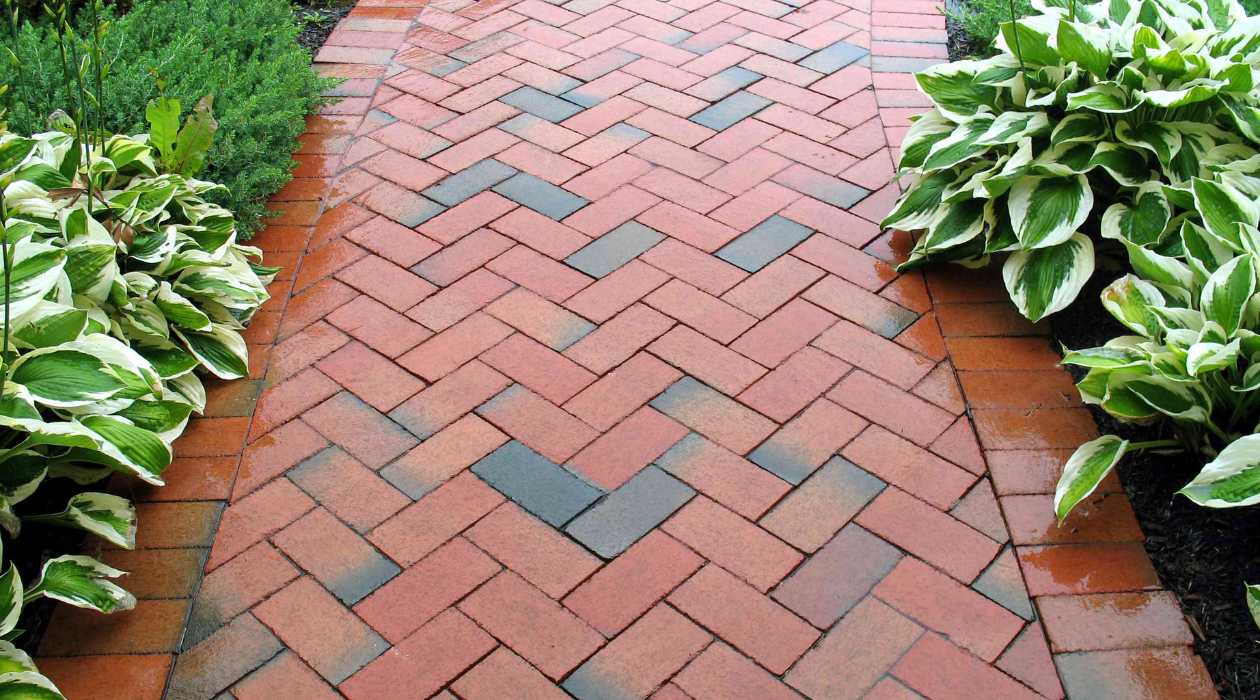
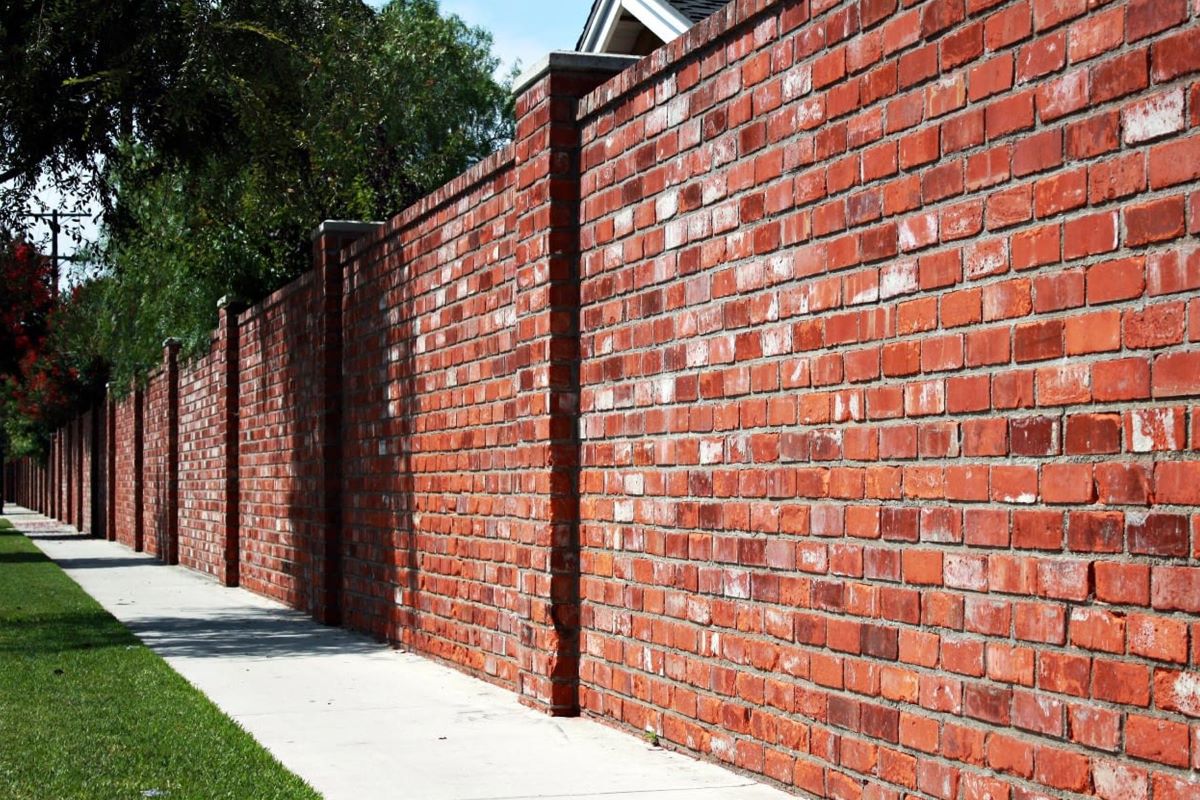
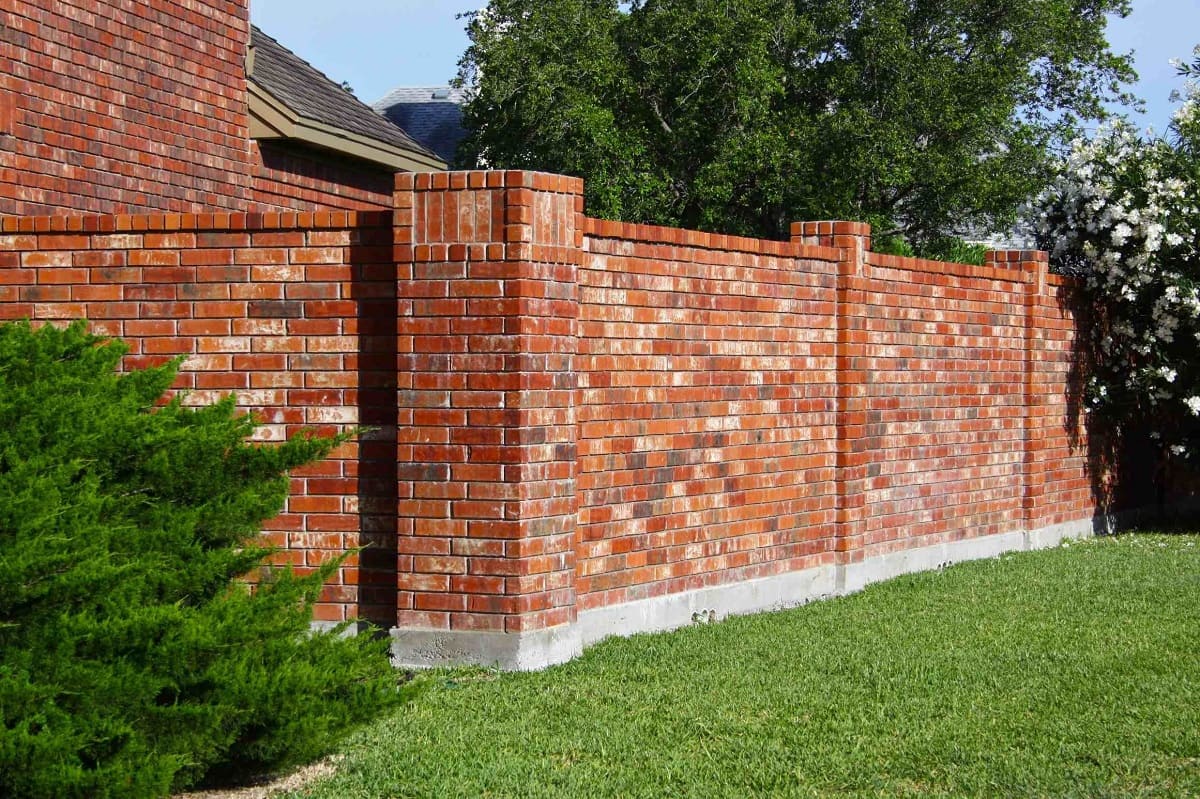
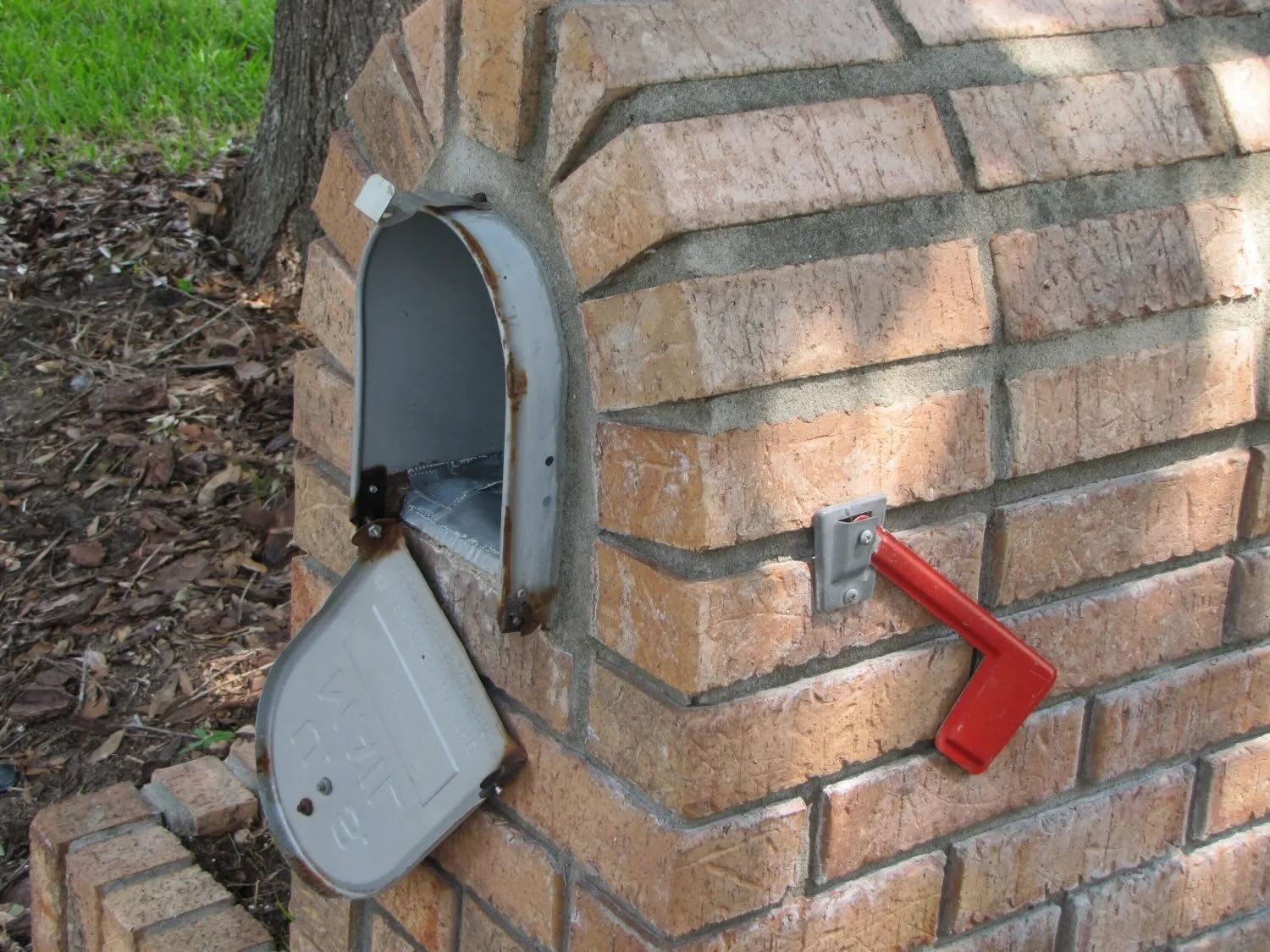
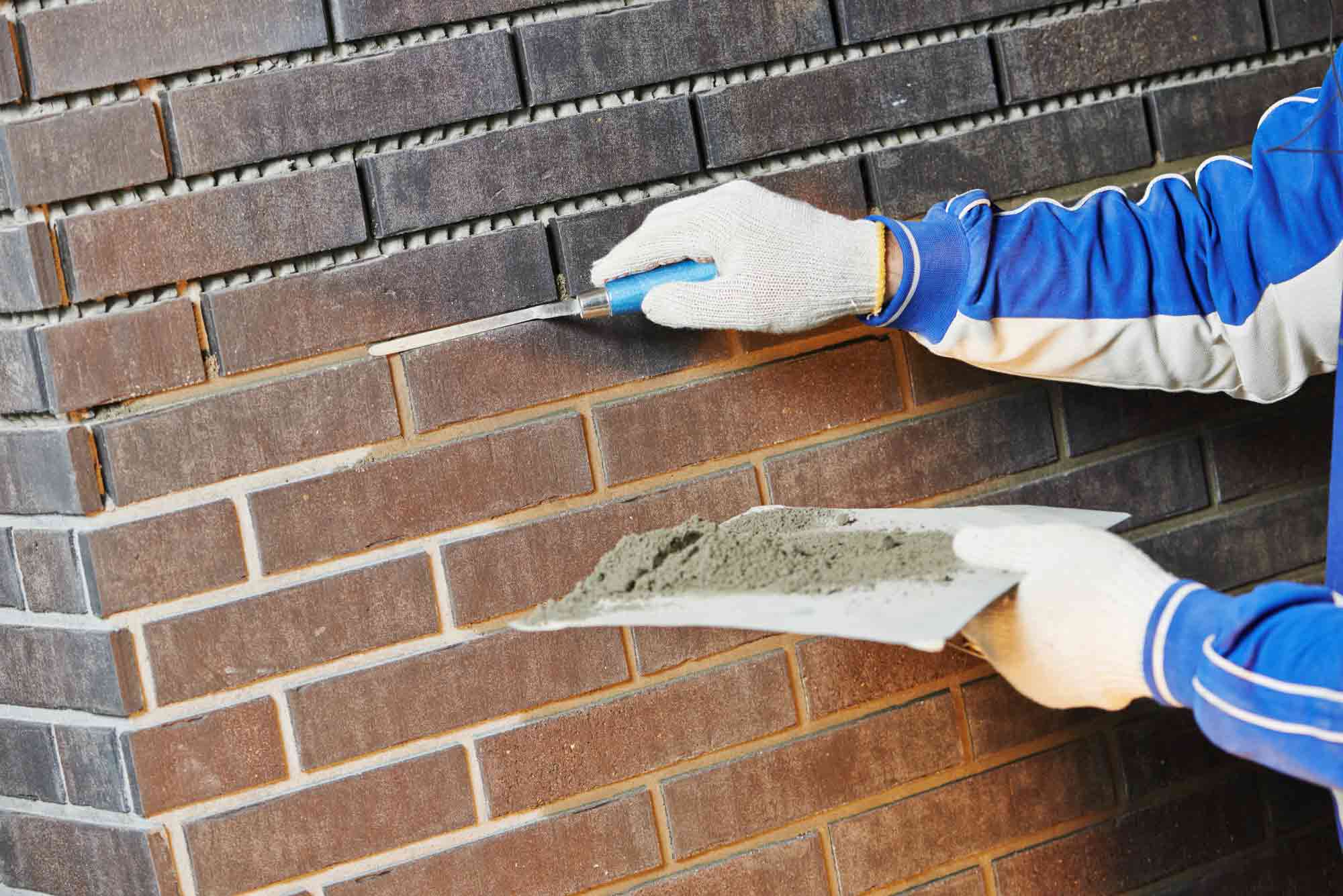
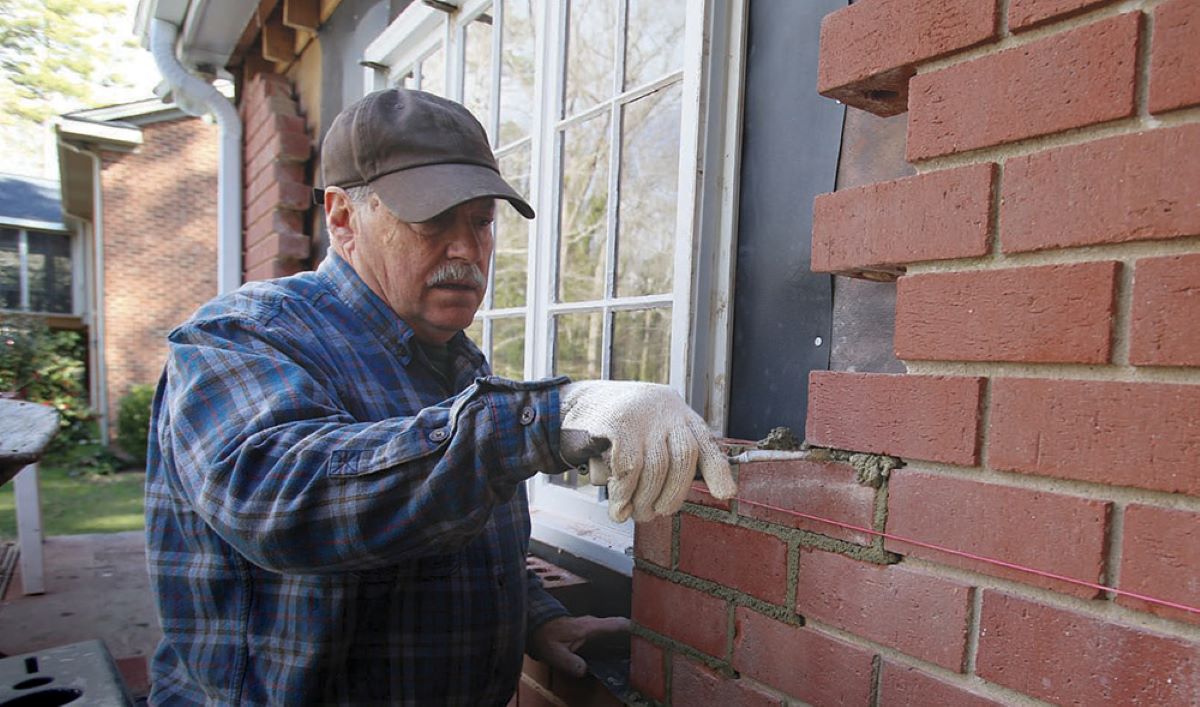

0 thoughts on “How To Build A Brick Arch”